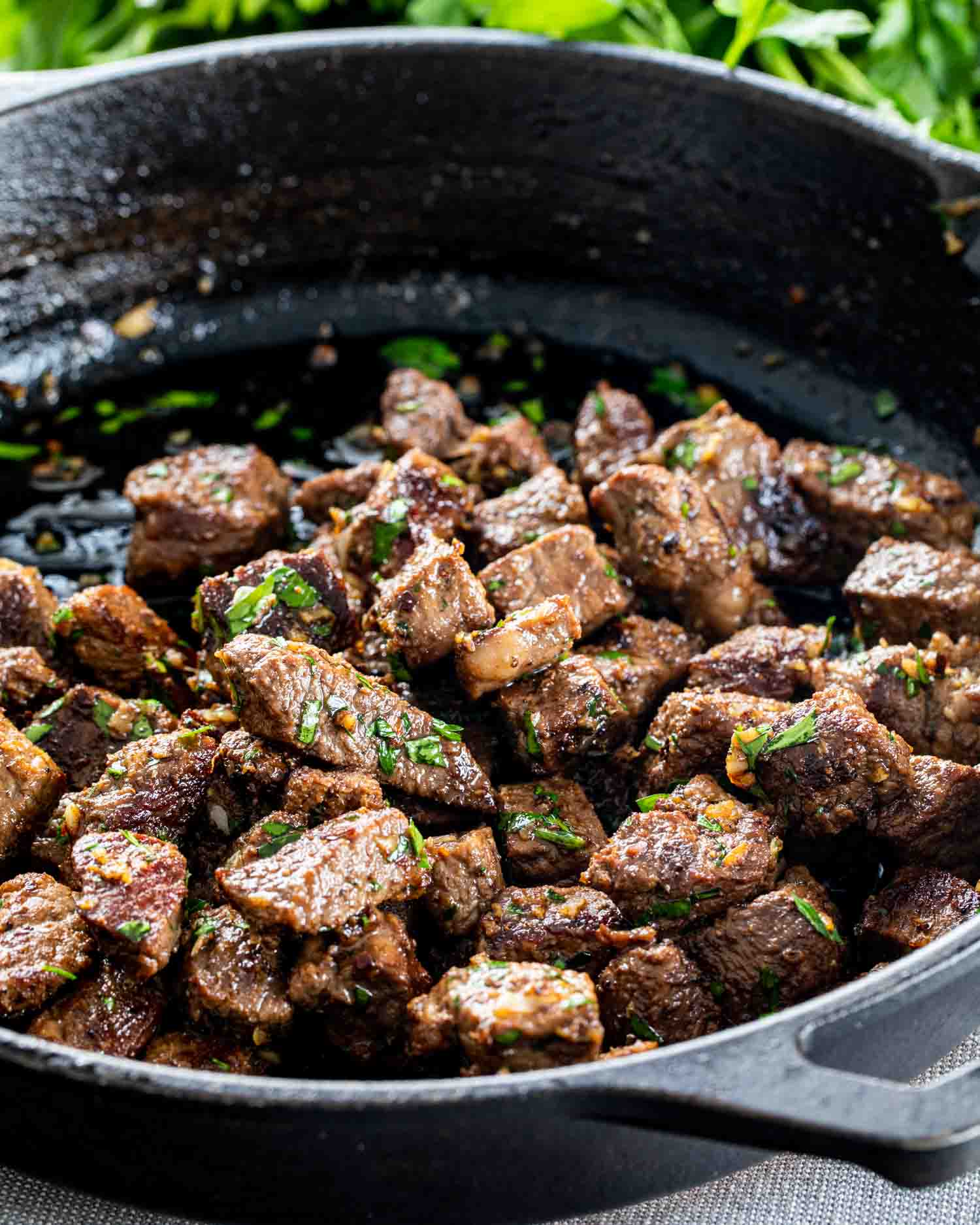Meat Marinates and Spices Ideas for Flavorful Dishes
Meat Marinates and Spices Ideas for Flavorful Dishes
Blog Article
From Farm to Table: Fresh and Costs Meat Choices
The trip of meat from farm to table encapsulates a complex interaction of top quality, values, and sustainability. With a boosting emphasis on fresh and exceptional options, consumers are currently more likely to take into consideration the beginnings of their food, bring about a renewed concentrate on lasting farming practices and animal well-being criteria. This shift not only boosts the dietary profile of meat however also sustains neighborhood economic climates. The effects of these options expand much past personal health and wellness and regional farming. What does this mean for the future of food systems and consumer routines?
Recognizing Meat Sourcing
As consumers become increasingly familiar with the beginnings of their food, understanding meat sourcing has gained paramount importance. Meat sourcing includes tracing the trip of meat from farm to table, including different aspects such as farming practices, pet welfare, and ecological effect. This recognition equips customers to make enlightened selections that line up with their values, especially pertaining to sustainability and ethical considerations.
The sourcing of meat can differ dramatically based on numerous criteria, consisting of the type of livestock, farming approaches, and geographical place. Grass-fed beef typically comes from pasture-based systems that advertise pet welfare and reduce ecological degradation. On the other hand, standard meat might include extensive farming practices that elevate worries relating to antibiotic use and environment destruction.
Recognizing the certain ranch or area where the meat comes from assists customers make certain quality and security. Inevitably, understanding meat sourcing not only boosts consumer choice however also promotes accountable consumption and sustains honest farming practices.
Advantages of Fresh Meat
Selecting fresh meat supplies many benefits that extend past flavor and texture. Fresh meat commonly retains higher dietary value contrasted to its icy or refined equivalents. It is typically richer in essential minerals and vitamins, such as B vitamins, iron, and zinc, which are vital for maintaining total health.
Additionally, the sourcing of fresh meat frequently involves much shorter supply chains, reducing the time between farm and table. This suggests that the meat is less most likely to lose its nutritional stability throughout transportation and storage. In addition, customers can experience enhanced preference and juiciness, which can elevate cooking experiences.
Fresh meat additionally gives an opportunity for customers to support local farmers and promote lasting agricultural techniques. When buying from local sources, people can add to their local economic situation and foster a higher connection to the food they eat.
Finally, fresh meat is usually free from the preservatives and ingredients generally found in refined alternatives. This makes it a cleaner, much healthier choice for those aiming to lessen their intake of fabricated components. Overall, the benefits of choosing fresh meat encompass health and wellness, taste, and a sense of area interaction.
Pet Welfare Criteria
Making sure high pet well-being criteria is vital for both moral factors to consider and the quality of meat items. The therapy of animals straight influences not only the moral implications of meat production but additionally the general quality and security of completion products. Pets increased in humane problems are less worried, bring about much healthier animals and, consequently, superior meat high quality.
Regulations and certifications worrying animal welfare have actually ended up being progressively significant in the meat sector. These structures ensure animals are given with adequate area, proper nourishment, and humane handling throughout their lives. Practices such as pasture-raised systems and free-range settings contribute to better animal welfare by allowing animals to show natural behaviors, which is vital for their wellness.
Additionally, consumers are coming to be a lot more discerning regarding the sources of their meat, bring about an expanding need for products that stick to strict animal well-being standards. This change not only additional reading promotes ethical farming practices yet additionally encourages producers to take on steps that enhance the health and wellness and welfare of their pets. Meat. Inevitably, prioritizing pet well-being is not just an ethical imperative; it is also a path to producing premium-quality meat that meets consumer expectations

Lasting Farming Practices
Lasting farming techniques play a crucial duty in boosting both animal welfare and the quality of meat products. These practices emphasize the relevance of environmental stewardship, honest treatment of livestock, and resource effectiveness. By carrying out rotational grazing, farmers can advertise healthy field ecosystems, enabling pets to feed on nutrient-rich lawns while stopping overgrazing. This approach not just supports animal health yet also improves the soil, lowering the need for synthetic fertilizers.
In addition, lasting farming frequently includes integrated parasite management and natural feed alternatives, lessening using hazardous chemicals. This approach not just safeguards animal well-being however additionally results in cleaner, more secure meat products for customers. Water conservation strategies, such as rain harvesting and effective watering systems, additionally add to sustainable methods, making sure that resources are utilized sensibly.
In addition, promoting biodiversity with polyculture systems and protecting habitats for wild animals improves the resilience of farming environments. By focusing on these sustainable methods, farmers can create top notch meat that satisfies customer demand while advertising environmental equilibrium. Inevitably, welcoming lasting farming practices is necessary for developing a more responsible and resistant food system that profits pets, farmers, and customers alike.
Choosing Quality Over Quantity
Often, customers are confronted with the predicament of selecting in between quantity and quality when it comes to meat products. While purchasing bigger quantities might appear financially helpful, the long-term benefits of picking top quality meat far surpass the instant cost savings. Quality meat is frequently sourced from pets elevated in sustainable atmospheres, where they are given correct nutrition and care, resulting in exceptional taste and dietary value.
Top quality meats are generally totally free from harmful additives, hormonal agents, and anti-biotics that are usually existing in mass-produced choices (Meat). This not just makes sure a healthier eating experience but also supports honest farming methods that focus on animal well-being. Furthermore, costs meats tend to have a much better structure and flavor, enhancing the overall culinary experience
Buying quality meat motivates customers to value smaller portions, enabling a more mindful approach to eating. This shift not only influences personal health and wellness favorably however also promotes lasting Source consumption patterns that can benefit the atmosphere. To conclude, prioritizing top quality over amount when choosing meat items promotes a much more responsible and health-conscious way of living, ultimately improving both the dining experience and the world.
Final Thought

Report this page